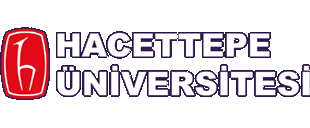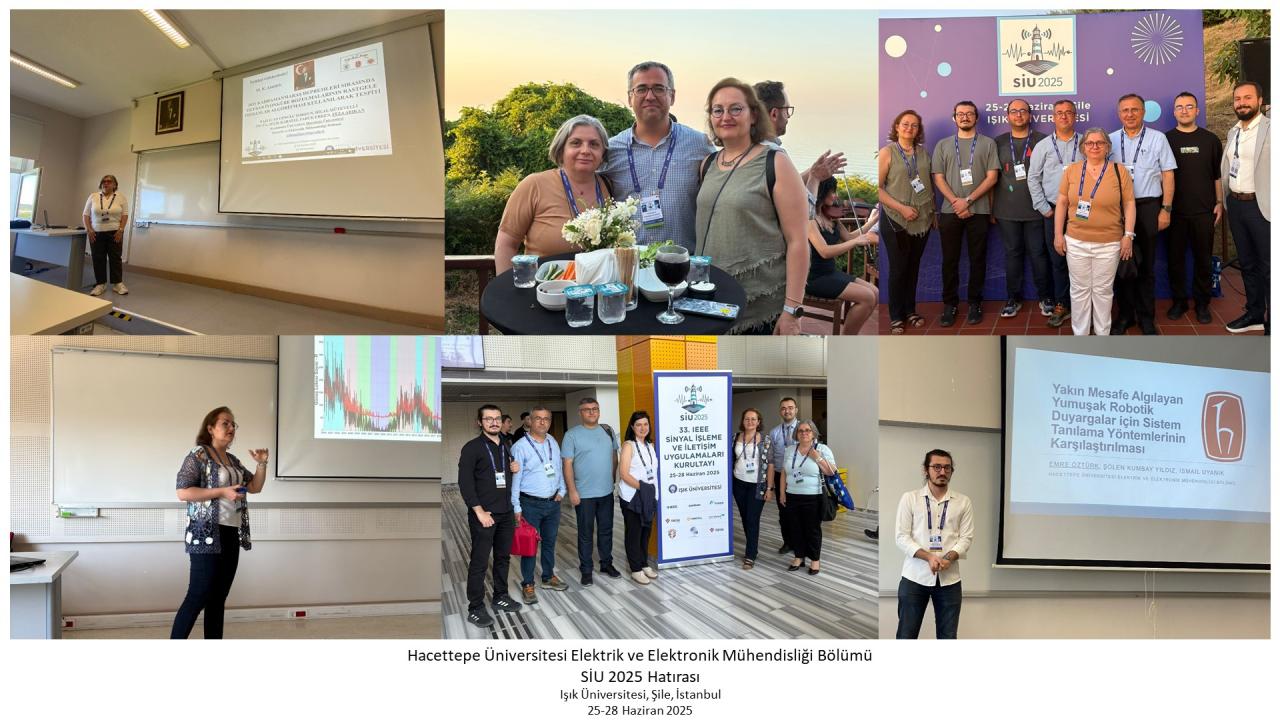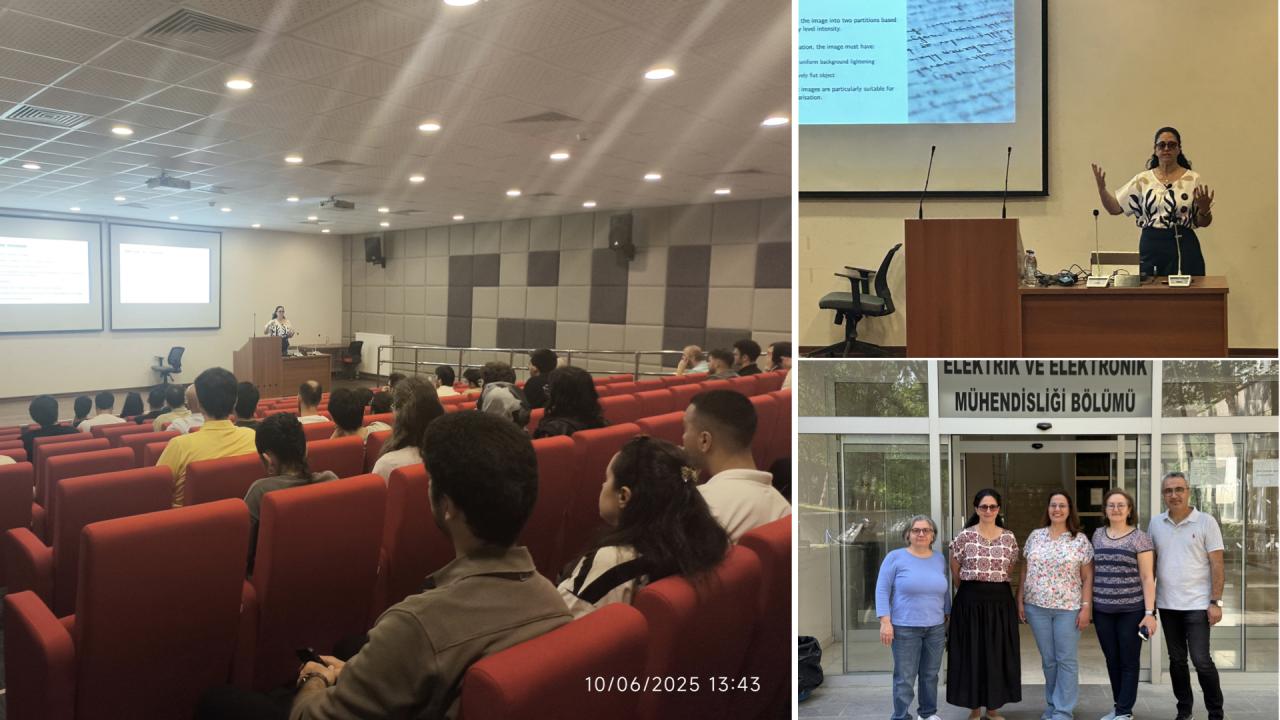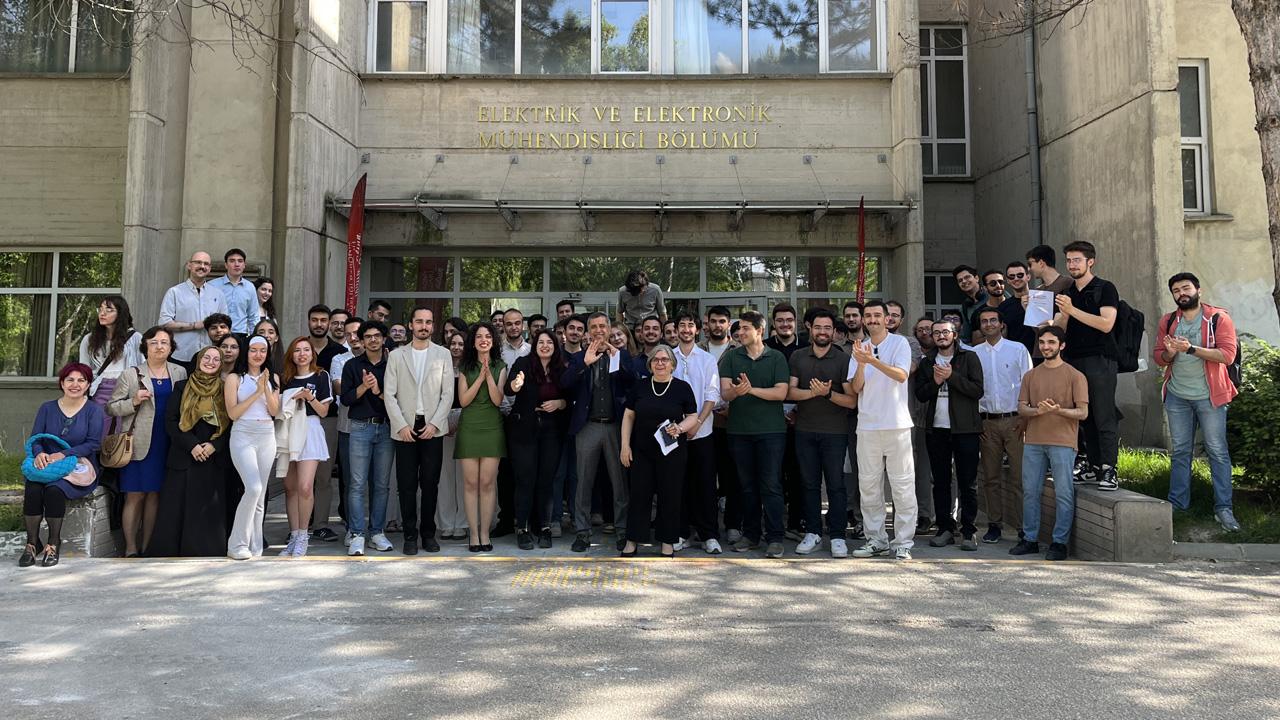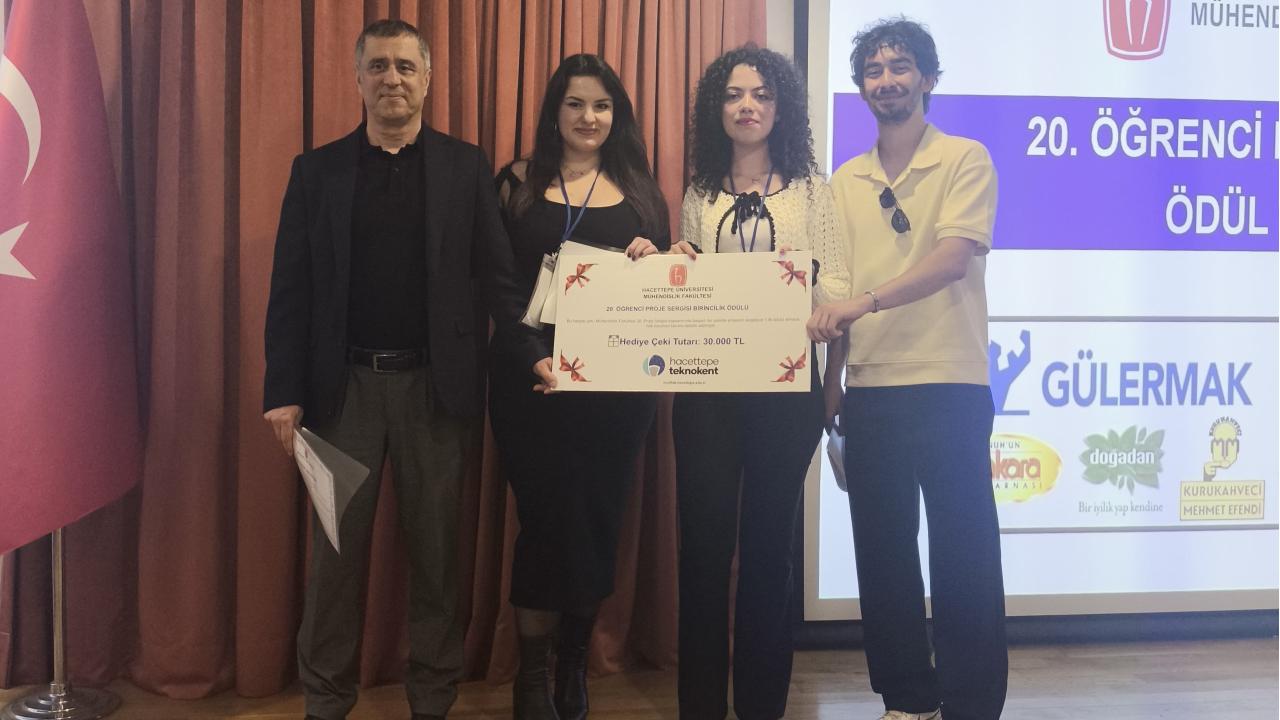Haber
ABD Duke Üniversitesi'nden Prof. Qing Huo Liu'nun semineri
5 Ocak 2015
ABD Duke Üniversitesi Elektrik ve Bilgisayar Mühendisliği Bölümü öğretim üyesi ve IEEE APS Distingushed Lecturer Prof.Dr. Qing Huo Liu, IEEE MTT/AP/ED/EMC Turkiye Kolu ve bölümümüzün davetlisi olarak "Progress and Challenges in Microwave Imaging and Microwave Induced Thermoacoustic Tomography" başlıklı bir konuşma yaptı.
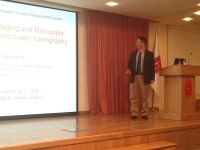
25 Aralık 2014 Perşembe günü saat 13:30'da Beytepe Yerleşkesi Mehmet Akif Ersoy konferans salonunda gerçekleşen seminer bölümümüz öğretim üyesi Prof.Dr. Birsen Saka tarafından organize edildi. Seminere üniversitemiz öğrenci ve öğretim üyelerinin yanısıra Ankara'daki diğer üniversitelerden de konuk dinleyiciler ilgi gösterdi.
Seminer konusuna ve konuşmacıya ait İngilizce bilgiler aşağıda özetlenmiştir.
Prof. Liu'ya verdiği değerli bilgiler için teşekkür ederiz.
HÜ Elektrik ve Elektronik Mühendisliği
Bölüm Başkanlığı
Konuşma Özeti
Breast cancer imaging by microwaves has been investigated intensively over the past two decades due to the potentially high contrasts in permittivity and conductivity between malignant tumors and normal breast tissue. In comparison with the conventional ultrasound imaging where the acoustic impedance contrast between malignant tumors and normal breast tissue is low (typically a few percent), the dielectric contrast is indeed one to two orders of magnitude higher. Nevertheless, progress toward a clinically mature system for microwave breast imaging is painfully slow, primarily due to the low resolution of microwaves that can provide adequate penetration only at a relatively low frequency. We will describe challenges in achieving such a system, and ways to improve the resolution of microwave imaging. In the meantime, recent progress in microwave induced thermoacoustic tomography (MITAT) provides a new impetus for combining microwave and ultrasound modalities. In MITAT, we use millisecond-pulsed microwaves to produce ultrasound through thermal expansion, thus the induced ultrasound source represents the high contrast in electrical conductivity, while the collected ultrasound signals provide the high resolution corresponding to a short wavelength of ultrasound. We will describe our recent progress in both microwave imaging and MITAT, in both computational methods and system development.
Biyografi
Qing Huo Liu (S'88-M'89-SM'94-F'05) received his B.S. and M.S. degrees in physics from Xiamen University in 1983 and 1986, respectively, and Ph.D. degree in electrical engineering from the University of Illinois at Urbana-Champaign in 1989. His research interests include computational electromagnetics and acoustics, inverse problems, and their applications in geophysics, nanophotonics, and biomedical imaging. He has published over 260 refereed journal papers and 360 conference papers in conference proceedings, and his H-index is 43 (Google Scholar). He was with the Electromagnetics Laboratory at the University of Illinois at Urbana-Champaign as a Research Assistant from September 1986 to December 1988, and as a Postdoctoral Research Associate from January 1989 to February 1990. He was a Research Scientist and Program Leader with Schlumberger-Doll Research, Ridgefield, CT from 1990 to 1995. From 1996 to May 1999 he was an Associate Professor with New Mexico State University. Since June 1999 he has been with Duke University where he is now a Professor of Electrical and Computer Engineering.
Dr. Liu is a Fellow of the IEEE, a Fellow of the Acoustical Society of America. Currently he serves as the Deputy Editor in Chief of Progress in Electromagnetics Research, an Associate Editor for IEEE Transactions on Geoscience and Remote Sensing, and an Editor for the Journal of Computational Acoustics. He was recently a Guest Editor in Chief of the Proceedings of the IEEE for a 2013 special issue on large-scale electromagnetics computation and applications. He received the 1996 Presidential Early Career Award for Scientists and Engineers (PECASE) from the White House, the 1996 Early Career Research Award from the Environmental Protection Agency, and the 1997 CAREER Award from the National Science Foundation. He serves as an IEEE Antennas and Propagation Society Distinguished Lecturer for 2014-2016.
Seminer konusuna ve konuşmacıya ait İngilizce bilgiler aşağıda özetlenmiştir.
Prof. Liu'ya verdiği değerli bilgiler için teşekkür ederiz.
HÜ Elektrik ve Elektronik Mühendisliği
Bölüm Başkanlığı
Konuşma Özeti
Breast cancer imaging by microwaves has been investigated intensively over the past two decades due to the potentially high contrasts in permittivity and conductivity between malignant tumors and normal breast tissue. In comparison with the conventional ultrasound imaging where the acoustic impedance contrast between malignant tumors and normal breast tissue is low (typically a few percent), the dielectric contrast is indeed one to two orders of magnitude higher. Nevertheless, progress toward a clinically mature system for microwave breast imaging is painfully slow, primarily due to the low resolution of microwaves that can provide adequate penetration only at a relatively low frequency. We will describe challenges in achieving such a system, and ways to improve the resolution of microwave imaging. In the meantime, recent progress in microwave induced thermoacoustic tomography (MITAT) provides a new impetus for combining microwave and ultrasound modalities. In MITAT, we use millisecond-pulsed microwaves to produce ultrasound through thermal expansion, thus the induced ultrasound source represents the high contrast in electrical conductivity, while the collected ultrasound signals provide the high resolution corresponding to a short wavelength of ultrasound. We will describe our recent progress in both microwave imaging and MITAT, in both computational methods and system development.
Biyografi
Qing Huo Liu (S'88-M'89-SM'94-F'05) received his B.S. and M.S. degrees in physics from Xiamen University in 1983 and 1986, respectively, and Ph.D. degree in electrical engineering from the University of Illinois at Urbana-Champaign in 1989. His research interests include computational electromagnetics and acoustics, inverse problems, and their applications in geophysics, nanophotonics, and biomedical imaging. He has published over 260 refereed journal papers and 360 conference papers in conference proceedings, and his H-index is 43 (Google Scholar). He was with the Electromagnetics Laboratory at the University of Illinois at Urbana-Champaign as a Research Assistant from September 1986 to December 1988, and as a Postdoctoral Research Associate from January 1989 to February 1990. He was a Research Scientist and Program Leader with Schlumberger-Doll Research, Ridgefield, CT from 1990 to 1995. From 1996 to May 1999 he was an Associate Professor with New Mexico State University. Since June 1999 he has been with Duke University where he is now a Professor of Electrical and Computer Engineering.
Dr. Liu is a Fellow of the IEEE, a Fellow of the Acoustical Society of America. Currently he serves as the Deputy Editor in Chief of Progress in Electromagnetics Research, an Associate Editor for IEEE Transactions on Geoscience and Remote Sensing, and an Editor for the Journal of Computational Acoustics. He was recently a Guest Editor in Chief of the Proceedings of the IEEE for a 2013 special issue on large-scale electromagnetics computation and applications. He received the 1996 Presidential Early Career Award for Scientists and Engineers (PECASE) from the White House, the 1996 Early Career Research Award from the Environmental Protection Agency, and the 1997 CAREER Award from the National Science Foundation. He serves as an IEEE Antennas and Propagation Society Distinguished Lecturer for 2014-2016.
Diğer haberler
